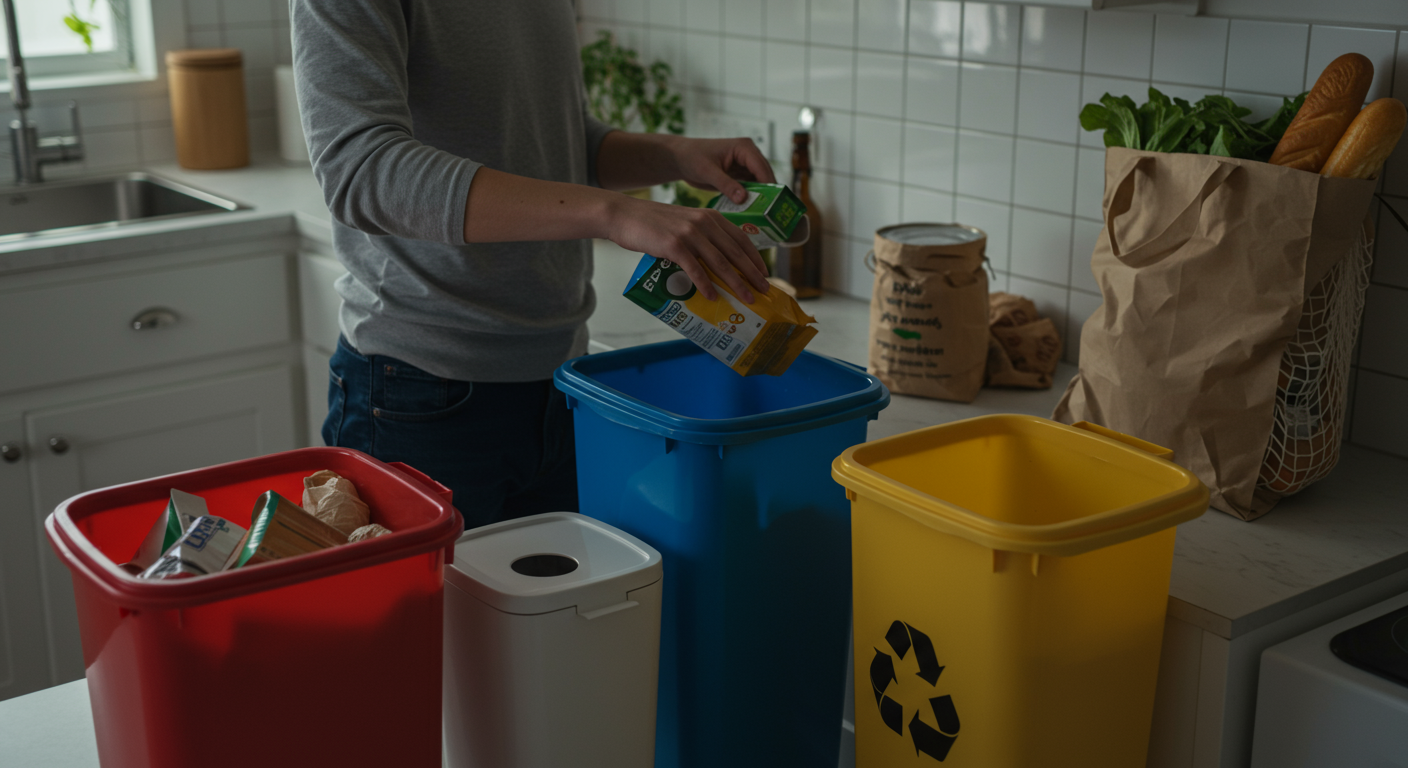Living sustainably doesn't have to be expensive! It's about making smart choices that benefit both the planet and your wallet. This guide offers practical, actionable tips for eco-conscious consumers like you, helping you save money while reducing your environmental footprint.

Why Embracing Sustainable Living Saves You Money
Many sustainable practices lead directly to financial savings. From reducing energy consumption to minimizing waste, going green often translates to lower bills and more money in your pocket. Moreover, eco-friendly choices can improve your overall well-being and create a healthier home environment.
Essential Steps to Get Started
Energy Efficiency: Power Up Your Savings
- Unplug Electronics: Phantom energy drain from electronics left plugged in can significantly increase your electricity bill. Unplug chargers, TVs, and other devices when not in use to save energy and money.
- LED Lighting: Switching to LED light bulbs is a simple yet impactful change. LED bulbs use up to 75% less energy and last much longer than traditional incandescent bulbs, leading to substantial savings over time. Consider LED Light Bulbs for immediate cost savings.
- Smart Thermostat: Install a smart thermostat to automatically adjust your home's temperature. These devices learn your habits and can optimize energy use, potentially saving you hundreds of dollars annually. (No referral URL available).
Water Conservation: Conserve and Economize
- Low-Flow Fixtures: Install low-flow showerheads and faucet aerators. These upgrades significantly reduce water consumption without sacrificing water pressure, leading to lower water bills.
- Fix Leaks Promptly: A leaky faucet or toilet can waste a surprising amount of water. Regularly check for leaks and repair them immediately to prevent water waste and unnecessary expenses.
Waste Reduction: Reduce, Reuse, Recycle, and Save
- Reusable Alternatives: Swap disposable items for reusable ones. Using a reusable water bottle and coffee cup not only reduces waste but also saves you money on purchasing bottled water or coffee every day. Consider the durable Hydro Flask or a simple, budget-friendly reusable bottle.
- DIY Cleaning Products: Making your own cleaning products is cost-effective and reduces your exposure to harsh chemicals. Many DIY recipes use simple ingredients like vinegar, baking soda, and essential oils, which are often cheaper than commercial cleaners.
- Composting: Start composting food scraps and yard waste. This reduces landfill waste and provides nutrient-rich compost for your garden, reducing the need to buy fertilizer. (No referral URL available).
- Embrace the Library: Borrow books, movies, and music from your local library instead of buying them. This simple habit saves money and reduces the environmental impact of manufacturing and shipping new products.
Common Beginner Questions Answered
- Is sustainable living more expensive? Not necessarily! While some eco-friendly products may have a higher upfront cost, many sustainable practices save you money in the long run through reduced utility bills, less waste, and avoided purchases.
- Where do I start? Begin by focusing on one or two areas, such as reducing energy consumption or minimizing waste. Small, consistent changes are more sustainable than drastic overhauls.
- How can I find affordable eco-friendly products? Look for sales, buy in bulk, shop at thrift stores, and consider making your own products. Research and compare prices to find the most budget-friendly options.
Tips for Success (e.g., easy swaps, habit formation)
- Meal Planning: Plan your meals to reduce food waste. This prevents overbuying and ensures you use the food you purchase. Freeze leftovers or repurpose ingredients to make the most of what you have.
- Shop Secondhand: Buy used clothing, furniture, and other items. This extends the life of existing products and reduces the demand for new ones, often saving you money as well.
- Embrace Minimalism: Declutter your home and reduce unnecessary purchases. Minimalism can lead to significant financial savings and a less cluttered, more peaceful living space.
Understanding Your Impact
Every sustainable choice you make has a positive impact on the environment. By conserving energy and water, reducing waste, and choosing eco-friendly products, you contribute to a healthier planet and a more sustainable future. These actions collectively decrease your carbon footprint, conserve resources, and protect ecosystems.
Finding Eco-Friendly Alternatives
- Reusable Shopping Bags: Bring your own reusable shopping bags to the grocery store to avoid plastic bags. This simple swap reduces plastic waste and saves money.
- Bulk Buying: Buy food and household products in bulk to reduce packaging waste and often save money per unit.
- Choose Eco-Friendly Brands: Support brands that prioritize sustainability. Look for certifications like USDA Organic, Energy Star, and B Corp, which indicate a commitment to environmental and social responsibility.
Quick & Easy Sustainable Swaps
- Reusable Water Bottles: Invest in a reusable water bottle to reduce plastic waste. A Hydro Flask is an excellent choice.
- Reusable Coffee Cups: Bring your own cup to coffee shops to avoid disposable cups and save money.
- Reusable Food Storage: Use reusable containers like Stasher Bags to replace plastic bags for storing food.
- Solid Shampoo and Conditioner Bars: These reduce plastic waste from bottles and often last longer than liquid products. (No referral URL available).
Next Steps in Your Green Journey
Once you've established some basic sustainable habits, consider exploring more advanced practices like gardening, solar energy, or participating in community environmental initiatives. Each step contributes to a more sustainable and fulfilling lifestyle.